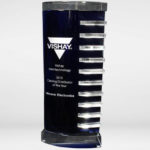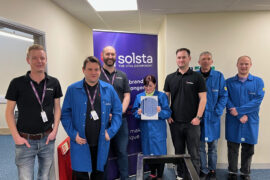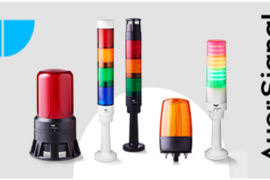Richardson RFPD has signed a global franchise agreement with supercapacitor manufacturer LICAP Technologies.
LICAP’s supercapacitors (also known as ultracapacitors and electric double layer capacitors) provide peak power and backup power (typically less than 60 seconds) for a wide range of applications.
“We recognise LICAP Technologies as another strong ultracapacitor supplier to leverage a market forecast to grow more than 20% over the next several years,” said Rafael R. Salmi, Richardson RFPD’s president. “The quick charging and discharging capability, ability to operate in adverse temperature conditions, and extended battery life in hybrid operations appeal to many of our global customers in the transportation, renewable energy and industrial markets. We believe LICAP’s portfolio of ultracapacitor cells and modules also offers peace of mind to our customers affected by major manufacturers choosing end-of-life for many popular products.”
LICAP offers a variety of standard supercapacitor modules that can be integrated into any electrical power system that requires high performance, long life and high-reliability energy storage. The core technology enabling LICAP’s high performance is patented activated dry electrode material, which is developed and manufactured at LICAP USA headquarters in Sacramento, California.
Supercapacitor product R&D and production are conducted at LICAP’s facility in Tianjin, China.
“We are pleased to engage Richardson RFPD for global distribution of LICAP Technologies’ ultracapacitor and lithium-ion capacitor products,” said Brian Eichler, LICAP’s vice president of global sales. “The Richardson RFPD regional sales and FAE teams have the technical abilities and strategic locations to provide accurate and timely responses to customer inquiries around the world. Our customers will receive professional support with logistics, order fulfilment and customer service from Richardson RFPD.”
The global agreement between Richardson RFPD and LICAP covers the entire portfolio of supercapacitor cells and modules.











Comments are closed.